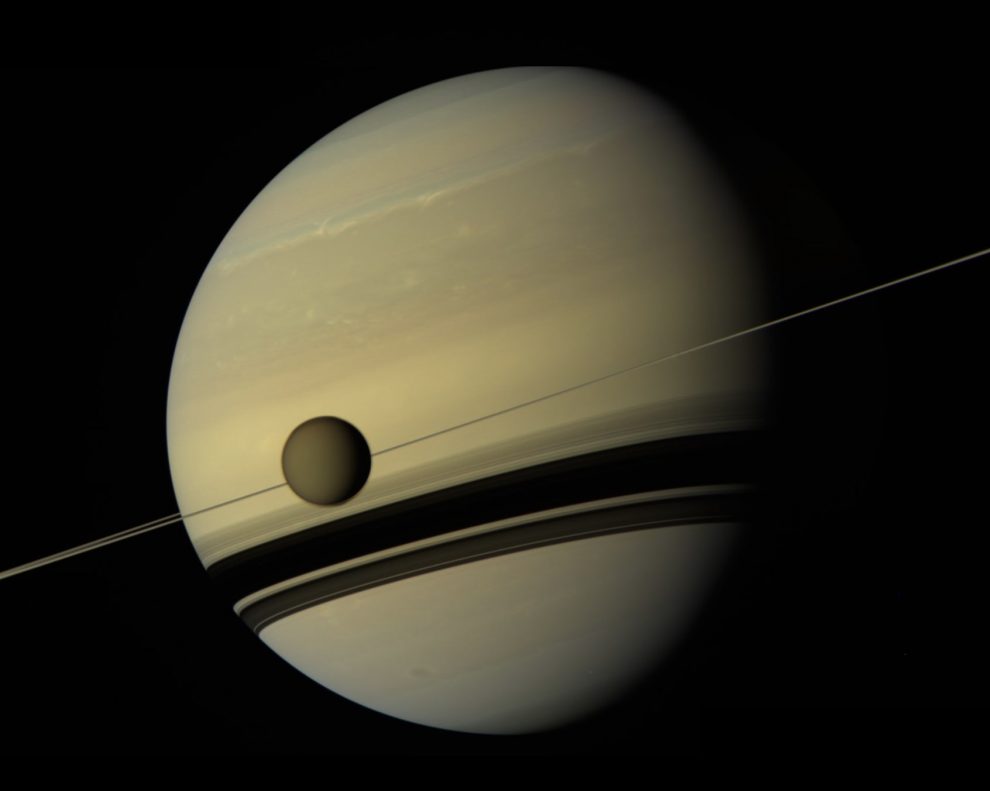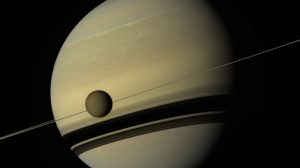With NASA‘s former mission at the planet Saturn christened Cassini, details are still emerging on the mission’s findings even after three years after its expiration, with data yet being generated. Data derived from one of the spaceship’s last encounter with Saturn’s moon Titan, a giant moon that exhibits characteristics that support life, indicates a vast lake, Kraken Mare, which is on the moon’s surface, is more than 1,000 feet (300 meters) deep. This depth is approximately the same as the height of the Chrysler Building in New York City. The data indicate that the lake is so deep that it would still be challenging to probe the lake’s bottom by even using a Cassini radar.
Data released back in 2014 indicated that from the flyby, the Kraken Mare was believed to be at least 115 feet (35 meters) deep, and the new findings indicate that the lake is ten times deeper than initially estimated. According to researchers, further study and decrypting of data will help in the understanding of the depth and the core components of lake Kraken Mare and the data is expected to shed more light on the lake’s cryptic chemistry, which mainly consists of ethane and methane, which collects in pools, lakes, and rivers on the moon’s surface.
According to Valerio Poggiali, a research associate at the Cornell University Center for Astrophysics and Planetary Science, Kraken Mare is not only a great name. Still, it constitutes eighty percent of the surface liquids on the moon. Though the chemistry of Titan is distinctively different, likened to earth’s, the topography of the moon is suggestive of swampy or lake-rich regions on earth. Titan boasts a thick atmosphere, which is a gaseous nitrogen veil compared to our moon, which consists of a nitrogen-oxygen atmosphere making Titan the only moon in this galaxy to boost such characteristics.
The data on Kraken Mare was gathered during the 104th flyby by Cassini on Titan on the 21st of August 2014, three years before the spaceship was dumped in Saturn, to avoid accidental contamination of the moon surface. The calculation to determine the lake’s depth was done by figuring the time taken for the radar signal to bounce back from the liquid surface and the bottom of the lake, comparing the deviation between the two depths, and considering the lake’s liquid composition. The composition and the depth of the lake was a surprise to scientists. The lake boasts a mix of ethane and methane, which was different from only ethane’s initial claims. Scientists are expected to exploit the lake’s chemistry to understand the precipitation cycle on Titan and determine the origin of the liquid methane and ethane.














